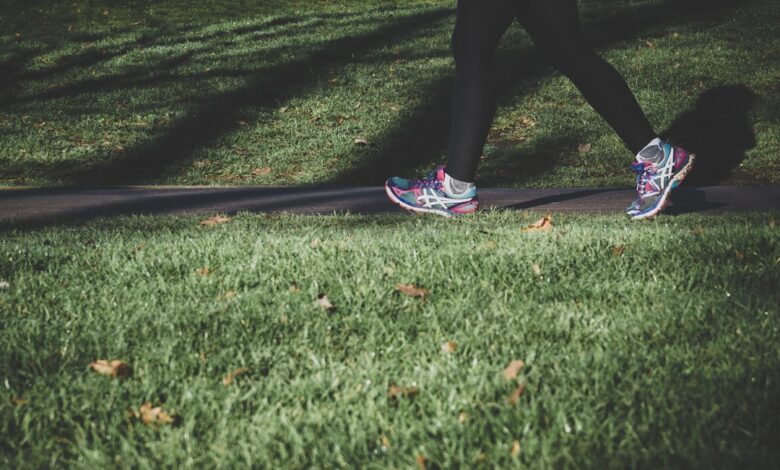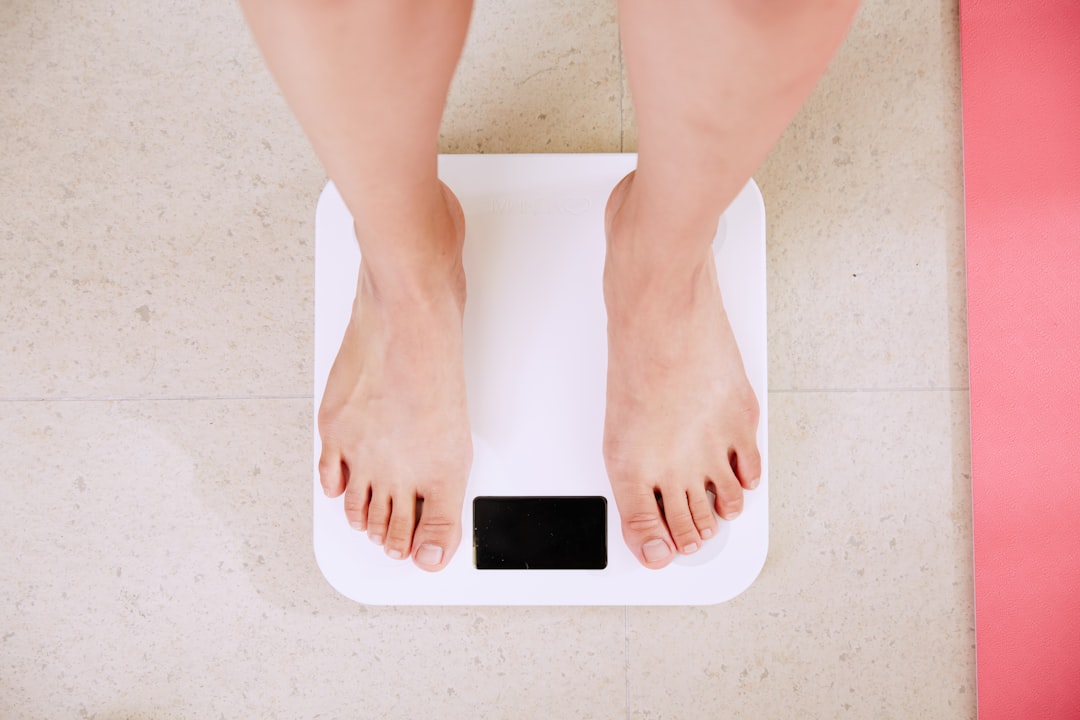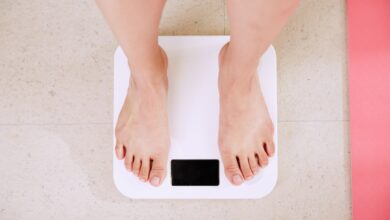Lose Weight By Walking: The Exact Steps That Work

Want to lose weight and feel great? You don’t need a fancy gym membership or complicated diet plan. Walking is a fantastic way to slim down, improve your health, and boost your mood. As a fitness enthusiast, I’ve seen firsthand how a simple walking routine can transform lives. Let’s break down exactly how to make walking work for weight loss.

Why Walking Works for Weight Loss
Walking is a low-impact exercise, meaning it’s gentle on your joints. This makes it accessible to almost everyone, regardless of age or fitness level. When you walk, your body burns calories. The more you walk, the more calories you burn, leading to weight loss over time. Walking also improves your cardiovascular health, strengthens your bones and muscles, and reduces stress.
Step-by-Step: Your Walking Plan for Weight Loss
Here’s a straightforward plan to get you started. Consistency is key, so aim to make walking a regular part of your routine.
Step 1: Set Realistic Goals
Don’t try to do too much too soon. Start with a manageable goal, such as walking for 30 minutes, three times a week. As you get fitter, gradually increase the duration and frequency of your walks. A good long-term goal is to aim for at least 150 minutes of moderate-intensity exercise per week, as recommended by many health organizations. This could break down to 30 minutes, five days a week.
Step 2: Invest in Comfortable Shoes
Your feet will thank you! Make sure you have a good pair of walking shoes that provide adequate support and cushioning. Visit a specialty running or walking store to get fitted properly. Blisters and sore feet are a surefire way to derail your walking routine before it even begins.
Step 3: Find a Safe and Enjoyable Route
Choose a walking route that you enjoy and that feels safe. This could be a park, a trail, or even your neighborhood streets. Variety can keep things interesting, so don’t be afraid to mix it up. Consider walking with a friend or family member for added motivation and accountability.
Step 4: Warm Up Before You Walk
Before you start walking, take a few minutes to warm up your muscles. This could include some light stretching, such as leg swings, arm circles, and torso twists. Warming up prepares your body for exercise and helps prevent injuries.
Step 5: Walk at a Brisk Pace
To maximize calorie burn, walk at a brisk pace. This means walking fast enough that you can still hold a conversation, but you’re breathing noticeably harder than usual. If you can sing a song comfortably, you’re probably not walking fast enough. Push yourself to walk at a pace that challenges you without feeling overwhelmed.
Step 6: Incorporate Intervals
Interval training involves alternating between periods of high-intensity exercise and periods of rest or low-intensity exercise. To incorporate intervals into your walking routine, try walking at a brisk pace for a few minutes, then slowing down to a moderate pace for a minute or two. Repeat this cycle several times throughout your walk. Intervals can help you burn more calories and improve your cardiovascular fitness.
Step 7: Add Hills or Inclines
Walking uphill burns more calories and strengthens your leg muscles. Look for routes that include hills or inclines. If you’re walking on a treadmill, you can adjust the incline to increase the intensity of your workout. Even a slight incline can make a big difference.
Step 8: Cool Down and Stretch
After your walk, take a few minutes to cool down and stretch your muscles. This helps prevent muscle soreness and stiffness. Hold each stretch for 20-30 seconds. Focus on stretching your calves, hamstrings, quads, and hip flexors.
Step 9: Track Your Progress
Tracking your progress can help you stay motivated and see how far you’ve come. Use a fitness tracker, pedometer, or smartphone app to monitor your steps, distance, and calories burned. Seeing your progress can be a great source of encouragement.
Step 10: Stay Consistent
Consistency is key to weight loss success. Aim to walk regularly, even on days when you don’t feel like it. Make walking a habit by incorporating it into your daily routine. For example, walk during your lunch break, walk to the store instead of driving, or take the stairs instead of the elevator. The more you walk, the more benefits you’ll see.
Safety Tips for Walking
Before you begin any new exercise program, it’s always a good idea to consult with your doctor, especially if you have any underlying health conditions. Wear reflective clothing if you’re walking at night or in low-light conditions. Be aware of your surroundings and watch out for traffic. Stay hydrated by drinking plenty of water before, during, and after your walk. Listen to your body and stop if you feel any pain.
Benefits Beyond Weight Loss
While weight loss is a fantastic benefit of walking, it’s not the only one. Walking can also improve your mood, reduce stress, boost your energy levels, and improve your sleep. It can also help prevent chronic diseases such as heart disease, stroke, type 2 diabetes, and some types of cancer. Walking is truly a win-win activity for your physical and mental health.
Walking vs. Other Forms of Exercise
Walking is often compared to other forms of exercise, such as running, cycling, and swimming. While these activities may burn more calories in a shorter amount of time, walking is a great option for people of all ages and fitness levels. It’s also easier on the joints than running, making it a good choice for people with joint pain or arthritis. Ultimately, the best form of exercise is the one that you enjoy and that you’ll stick with long-term.
Frequently Asked Questions
How much weight can I lose by walking?
The amount of weight you can lose by walking depends on several factors, including your current weight, your diet, and how much you walk each week. A general guideline is that you need to burn about 3,500 calories to lose one pound of fat. By consistently walking and making healthy dietary choices, you can expect to lose one to two pounds per week.
What if I don’t have time for long walks?
Even short walks can make a difference. Break up your walking into smaller chunks of time throughout the day. For example, take a 10-minute walk in the morning, a 10-minute walk at lunch, and a 10-minute walk in the evening. These small bursts of activity can add up and contribute to your weight loss goals.
Can I listen to music or podcasts while I walk?
Absolutely! Listening to music or podcasts can make your walks more enjoyable and help you stay motivated. Just be sure to keep the volume at a safe level so you can still hear your surroundings.
Is walking enough to lose weight, or do I need to change my diet too?
While walking is a great way to burn calories, it’s important to combine it with a healthy diet for optimal weight loss results. Focus on eating plenty of fruits, vegetables, lean protein, and whole grains. Limit your intake of processed foods, sugary drinks, and unhealthy fats. Small changes to your diet can make a big difference in your weight loss journey.
So, lace up your shoes and get walking! With a consistent plan and a positive attitude, you can achieve your weight loss goals and enjoy all the health benefits that walking has to offer. Remember to start slowly, gradually increase your activity, and listen to your body. You’ve got this!



